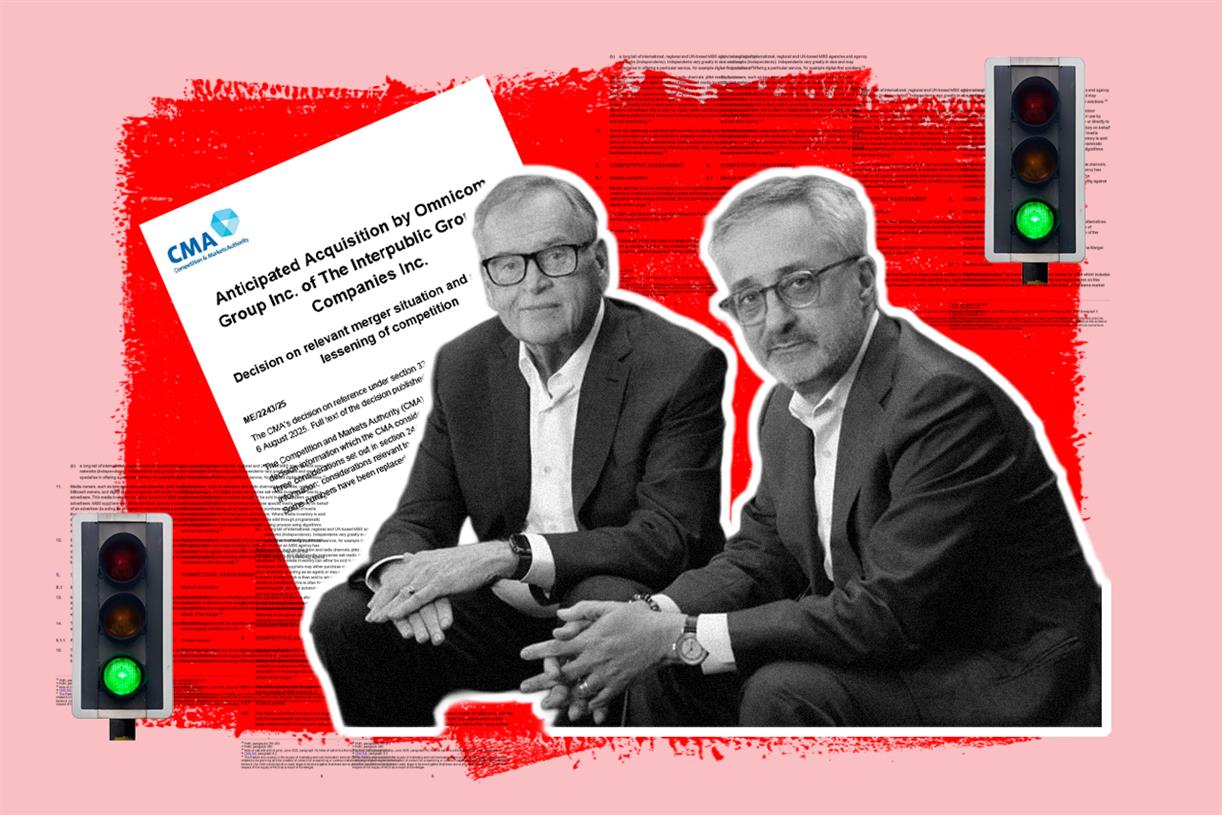Why post-cookies performance marketing is a sure thing
Performance marketing makes it possible for advertisers to drive consumers through the entire funnel, from awareness to sale, while paying only for results.

The advertising industry is in the midst of the most transformative period of growth and change since the late 1990s. The advent of the Internet, introduction of smartphones and explosive growth of social media allowed advertisers to target ads in unprecedented ways, setting up the banner ad and cookie era as we know it today.
Digital advertising made it possible to laser-target specific audiences or interests and customize visuals and key messages for that exact audience. As demand-side platforms (DSPs) grew and algorithms became more sophisticated, marketers shifted budgets and relied more and more on these more personalized and measurable ads.
Since the pandemic
When the pandemic struck, workplace, shopping and dining habits shifted online while streaming and conferencing services boomed. From click and collect to home delivery, online retail purchasing surged, and for the first time ever digital coupons surpassed FSIs.
But all good things must come to an end, first with Apple’s privacy changes and then again as Google looks to phase out third-party cookies. Consumers are beginning to take privacy seriously, and as a result, privacy rules are getting stricter by the minute, and with it, the same targeting or digital ad buys and getting the same results is becoming more challenging - and those same audiences, more expensive. Advertisers don’t want to return to a world where most of their ad spend reaches generalized audiences with only a small percentage of impressions resulting in a sale. They want measurable results.
I believe the golden era of digital advertising is only getting brighter, and the next great phase will include performance-based marketing at scale.
Reward customers and pay only for results
Ten years ago, I started Ibotta with a very clear value proposition—if consumers are getting deluged with advertising, why not cut them in on the deal? Our cash-back rewards are ads that consumers get paid to interact with. Sometimes it’s a few precious seconds of time to review an offer and learn a bit about the product, and other times it’s watching a quick and informative video. In return, consumers can stretch their shopping dollar a lot further.
Some users earn a few bucks here and there, others get on the fast track to our Thousand Dollar Club. To date, we’ve paid out more than $1.1 billion in cash-back rewards to our 40 million shoppers.
Welcome to performance marketing 2.0
The time has come to renew focus on marketing programs that directly lead to measurable sales. Performance-based models make it possible for advertisers to drive consumers through the entire funnel—from awareness to sale—while paying only for results. With performance marketing, advertisers don’t pay a penny until a product is sold at checkout.
Since the inception of pay-for-sale technology, major brands have used performance marketing as a portion of their campaign strategy, but this year the audience finally reaches a scale where it can play a meaningful role and deliver significant results.
How cash back rewards work
When users see a traditional banner ad, they are taken to a retailer or brand site and then either proceed with the purchase or bounce away. When they see a cash-back offer, they can interact with the ad and put the offer into their shopping cart with a single click.
Redemption of the offer is easy, whether the checkout happens online or in-person. When the receipt matches a purchased item to a preselected cash back offer, the cash back amount (let’s say, $2) is automatically credited to the user’s account.
This type of program can reach consumers several ways:
1. Via membership-driven in-app or on browser-based platforms.
2. Through retailers and their publishing networks, enabling closed-loop loyalty programs.
3. A wide range of third-party publishers, including news outlets, recipe hubs and social media platforms.
Cash-back reward offers lower the risk of trial, so it’s now easier than ever for competitors to invite loyal users of one brand to try something new. Brands can also cement their base with frequent and compelling offers of their own.
Closed-loop programs that allow consumers to spend their rewards in-store bring even more value to retailers. Airlines and coffee chains blazed this trail long ago with mileage programs and punch cards. Typical grocery loyalty programs provide on-the-spot price discounts, but while consumers love these deals, the grocer is left with less cash in the register at the end of the transaction, and may miss an opportunity to drive a future trip by allowing the discount to leave the store with the shopper.
With closed-loop cash back rewards programs, the consumer pays full price, the advertiser’s cash-back reward is added to the consumer’s account with the retailer, and the consumer can spend that credit with the retailer as they see fit. For the retailer, the reward hits their ledger no different than a payment made with cash, debit or credit, except with no fees or paperwork.
Is performance marketing the only way forward in a post-cookie era? Of course not. Innovation will keep happening on all fronts. But when you compare the benefits side by side, it makes more sense than ever to allocate as many ad dollars as possible to guaranteed units sold.

 Hollif
Hollif 































